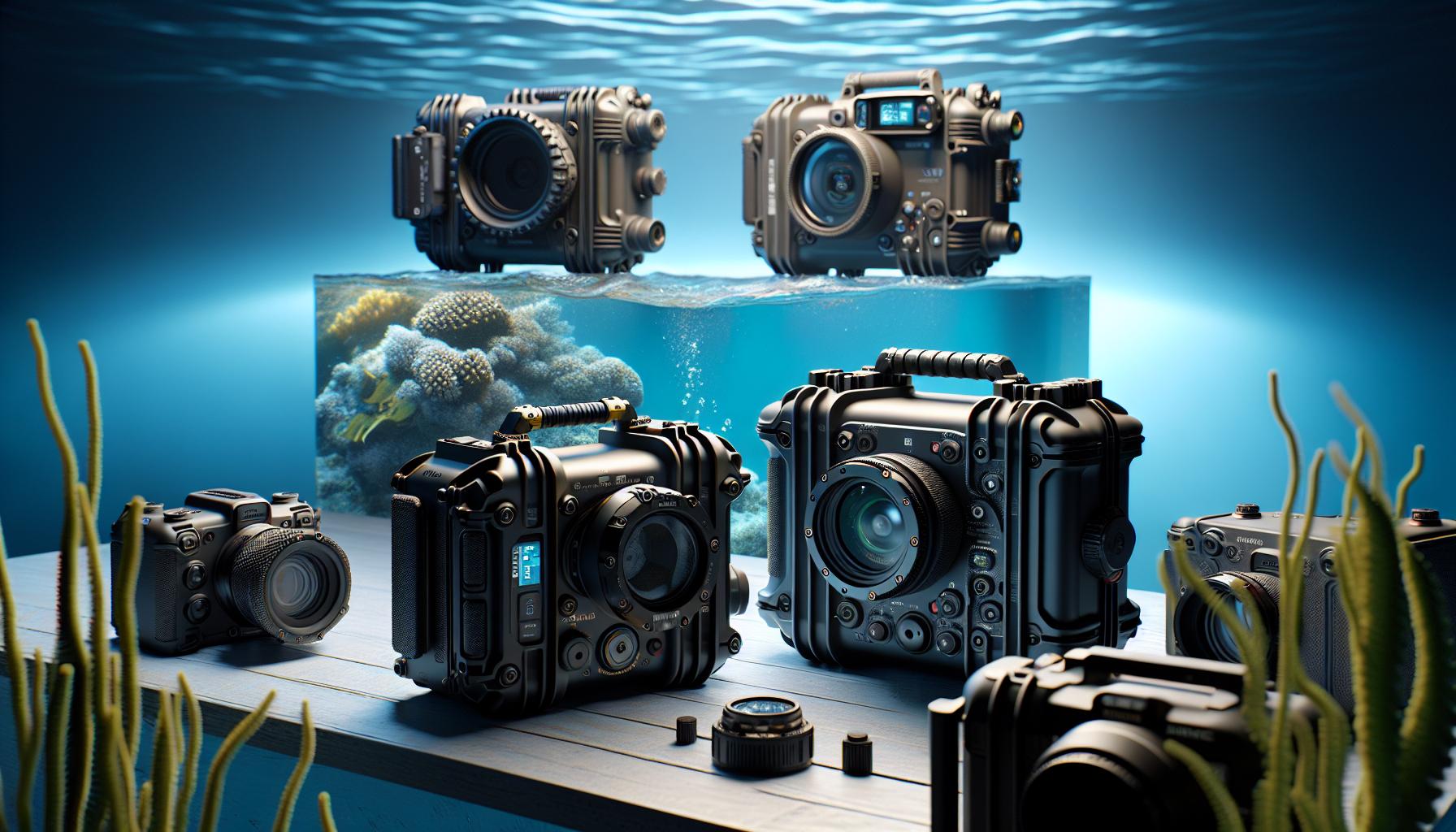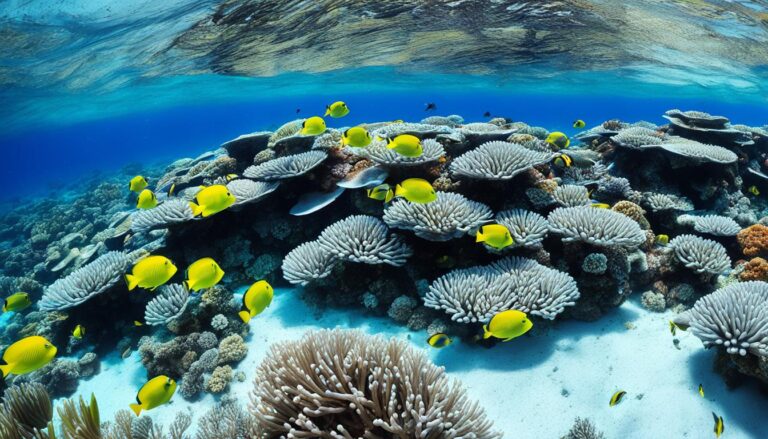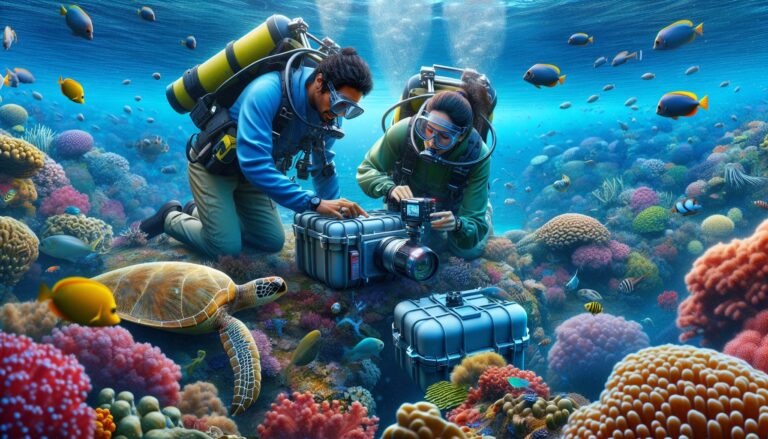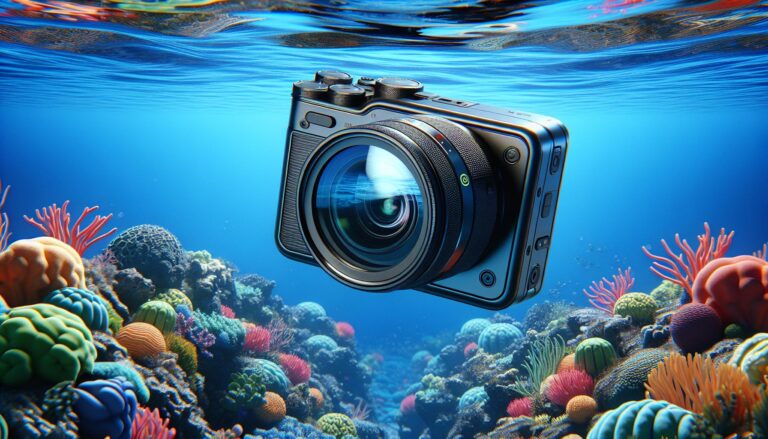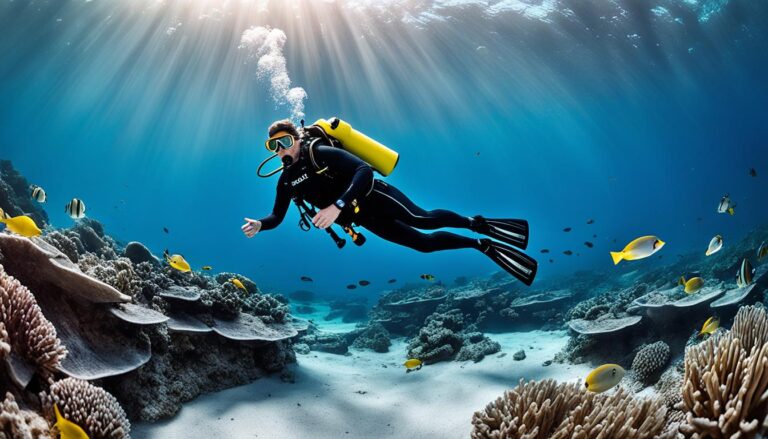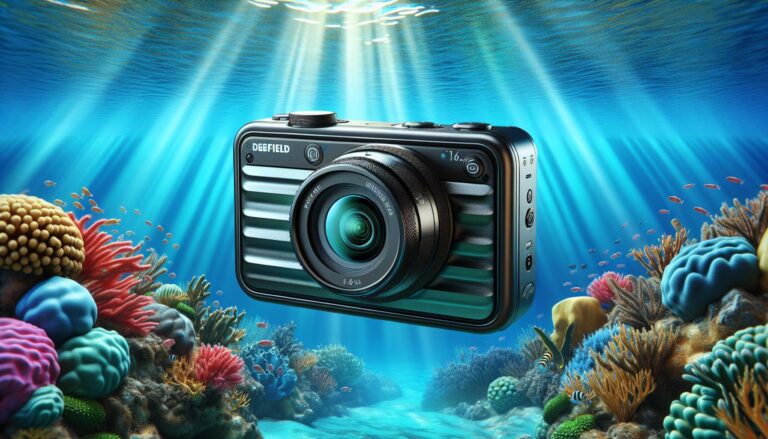Comprehensive Guide to SeaLife, Ikelite, and Nauticam Underwater Camera Cases: Reviews and Maintenance Tips
Ever wonder how those breathtaking underwater shots are captured? The secret isn’t just a high-end camera, it’s the armor that protects it – the underwater camera case. These cases are more than just a waterproof shell; they’re the unsung heroes of underwater photography.
From amateur snorkelers to professional divers, everyone relies on these cases to keep their gear safe while diving deep into the aquatic world. But with a market flooded with options, how do you pick the right one? Let’s dive in and explore the world of underwater camera cases.
Overview of Underwater Camera Cases
Delving into the world of underwater cases, you’ll find they’re not just fancy accessories – they are a critical component in the realm of underwater photography.
Importance of Underwater Camera Cases
Underwater camera cases are non-negotiable for divers looking to capture mesmerizing marine life. They act as guardians, protecting your precious cameras from potential hazards – such as water, pressure, and even sharp and rough objects. Beyond protection, they also enhance photographic capabilities under water, allowing photographers to take flawless shots, just as they would on dry land.
From shielding against corrosive sea water to enduring the immense under-sea pressure levels, an underwater camera case does all for your camera. For instance, high-quality, credible brands like SeaLife and Ikelite offer cases that withstand depths of up to 60 and 200 feet respectively, while ensuring your camera stays unharmed.
These cases don’t just maintain your camera’s functionality, they substantially elevate it. Even while submerged under depths, these underwater camera cases enable accurate light balance setting and clear focus, resulting in high-quality shots.
While not being immediately obvious, it’s clear that these protective cases are playing the dual role of guardian and enhancer for your underwater photography adventure. Simply put, no underwater exploration with a camera is complete without these dedicated cases. Truly, they are the unsung heroes of underwater photography.
Features to Consider When Buying an Underwater Camera Case
Diving into the specifics, I’d like to highlight some important features you’ll need to consider before investing in an underwater camera case.
Waterproofing
Undeniably, waterproofing sits at the top of the list when considering an underwater case. Since the main purpose of the case is to protect your camera from water damage, it’s vital for the case to be completely watertight. Cases from established brands like SeaLife and Ikelite provide dependable waterproofing features, engineered to prevent a single drop of water from reaching your camera.
Pressure Resistance
Next, pressure resistance makes another significant feature. Given that underwater photography necessitates diving to different depths, pressure resistance becomes critical. The ability of the case to withstand varying underwater pressures ensures your camera’s safety and functionality, even at great depths. In fact, certain cases can withstand the pressure of depths up to 200 feet, such as those offered by Ikelite.
Accessibility and Ease of Use
Finally, accessibility and ease of use remain indispensable attributes in an underwater camera case. Efficient cases are designed to allow seamless access to your camera functions without having to remove it from the case. This feature not only guarantees convenience but also improves your focus while capturing mesmerizing marine life. Brands like SeaLife have specialized in creating user-friendly designs, ensuring that even the most demanding underwater photography sessions go smoothly.
Top Underwater Camera Case Brands
Underwater photography demands reliability, a concern met by a few dedicated underwater camera case brands. Let’s unravel the offerings of some of the prominent brands in this domain.
SeaLife
SeaLife excels in durability, offering sturdy and reliable cases. SeaLife camera cases feature absolute waterproofing, ensuring protection up to 200 feet under water. The cases come with advanced sealing technologies, providing security against water leaks and pressure changes. Another highlight is their lens ports with wide-angle coverage, contributing to enhanced photographic capabilities underwater. In short, SeaLife supports underwater explorations, making an idyllic companion for both hobbyists and professionals.
Ikelite
Ikelite presents a distinct mix of functionality and convenience in their underwater camera cases. The brand has edge with pressure-resistance, enabling functioning up to 60 feet deep. Combining this with easy access controls makes Ikelite user-friendly without compromising on operational capacity. Additionally, the clear polycarbonate construction of these cases offers a striking balance between strength and visibility, further facilitating underwater photography. Essentially, Ikelite demands attention for its blend of ease, reliability and photo-centric designs.
Nauticam
Nauticam emerges as an innovation-driven brand in the realm of underwater camera cases. The brand’s focus on ergonomic design contributes to improved accessibility, making camera operation underwater a smooth process. The cases also feature robust construction, offering impressive resistance to water pressure and potential impacts. Adding to these qualities is the brand’s thoughtful integration of depth rated controls and port system, contributing to overall photographic output. Summing up, Nauticam showcases a commitment towards advanced design and performance, pushing the boundaries of underwater photography.
User Reviews on Underwater Camera Cases
In this section, I delve deep into user reviews on underwater camera cases from top brands like SeaLife, Ikelite, and Nauticam. These firsthand experiences provide crucial insights into the product’s performance besides the technical specifications.
Positive Reviews
Positive reviewers frequently laud SeaLife for its advanced sealing technologies and wide-angle lens ports, reinforcing its standing as an indispensable asset for clear, stunning underwater images up to 200 feet deep. Ikelite earns high marks in user-friendly controls and clear polycarbonate construction, allowing photographers to manipulate settings with ease, even submerged at 60 feet. Meanwhile, Nauticam gets rave reviews for its robust construction and ergonomic design. Depth-rated controls and port systems further enhance user experience, showcasing Nauticam’s commitment to advanced design and performance in underwater photography.
Critical Reviews
Despite multiple laurels, some underwater camera cases come under criticism as well. For SeaLife, a few users express concerns over the limited depth range compared to other brands, restricting wider potential use. Ikelite cases, while praised for their robustness, face criticism from some users for perceived complexity in control use. Nauticam, on the other hand, faces flak owing to its pricing strategy, with some users considering it beyond their budget. When considering an underwater camera case, these critical reviews provide a balanced perspective, highlighting areas of potential improvement, and informing users to make a well-rounded decision.
How to Maximize the Use of Your Underwater Camera Case
In an effort to maximize the longevity and effectiveness of your underwater camera case, let’s explore pertinent maintenance tips and counter common misconceptions or mistakes.
Maintenance Tips
Maintaining your underwater camera case can effectively extend its life span and enhance its performance.
Firstly, rinse the case thoroughly in fresh water after every usage. Salt water, sand, and particles can affect the sealing, causing leaks which may destroy your camera.
Secondly, regularly inspect the O-Ring seal. This seal forms the primary barrier between your camera and water. It’s essential to keep it clean, lubricate it before every use with silicone grease, and replace it annually.
Lastly, store your case properly. Avoid leaving it in direct sunlight, as UV rays can degrade the case material, and keep it at room temperature to avoid warping.
Common Misconceptions and Mistakes
While technology has made underwater photography more accessible, many first-time users make mistakes due to misconceptions.
One popular myth is that any waterproof camera can function effectively underwater without a camera case. However, a case is still crucial as it provides additional protection against pressure and foreign particles, and allows deeper dives.
A common mistake is neglecting the routine maintenance of the underwater camera case. As established earlier, proper maintenance is vital for performance and longevity.
Finally, some users believe that a more expensive case guarantees better photos. In actuality, the quality of photographs depends on the camera’s capabilities, lighting conditions underwater, and the photographer’s skills. An optimal case can provide protection and ease of use, but it doesn’t directly affect picture quality.
Conclusion
So, there you have it. We’ve dived deep into the world of underwater camera cases, exploring the strengths and weaknesses of SeaLife, Ikelite, and Nauticam. We’ve learned that while SeaLife’s advanced sealing, Ikelite’s pressure resistance, and Nauticam’s robust construction are impressive, they’re not without their drawbacks. But don’t let depth range limits, control complexity, or pricing issues deter you.
Remember, it’s not just about picking the priciest case. It’s about finding the right fit for your needs and maintaining it properly. Regular rinsing, O-Ring inspections, and proper storage will go a long way in maximizing your case’s lifespan.
Don’t be fooled by misconceptions. You need a case for underwater photography, and maintenance is a must. Expensive doesn’t always mean better quality shots. Armed with this knowledge, you’re now ready to make a splash in underwater photography. Dive in!

